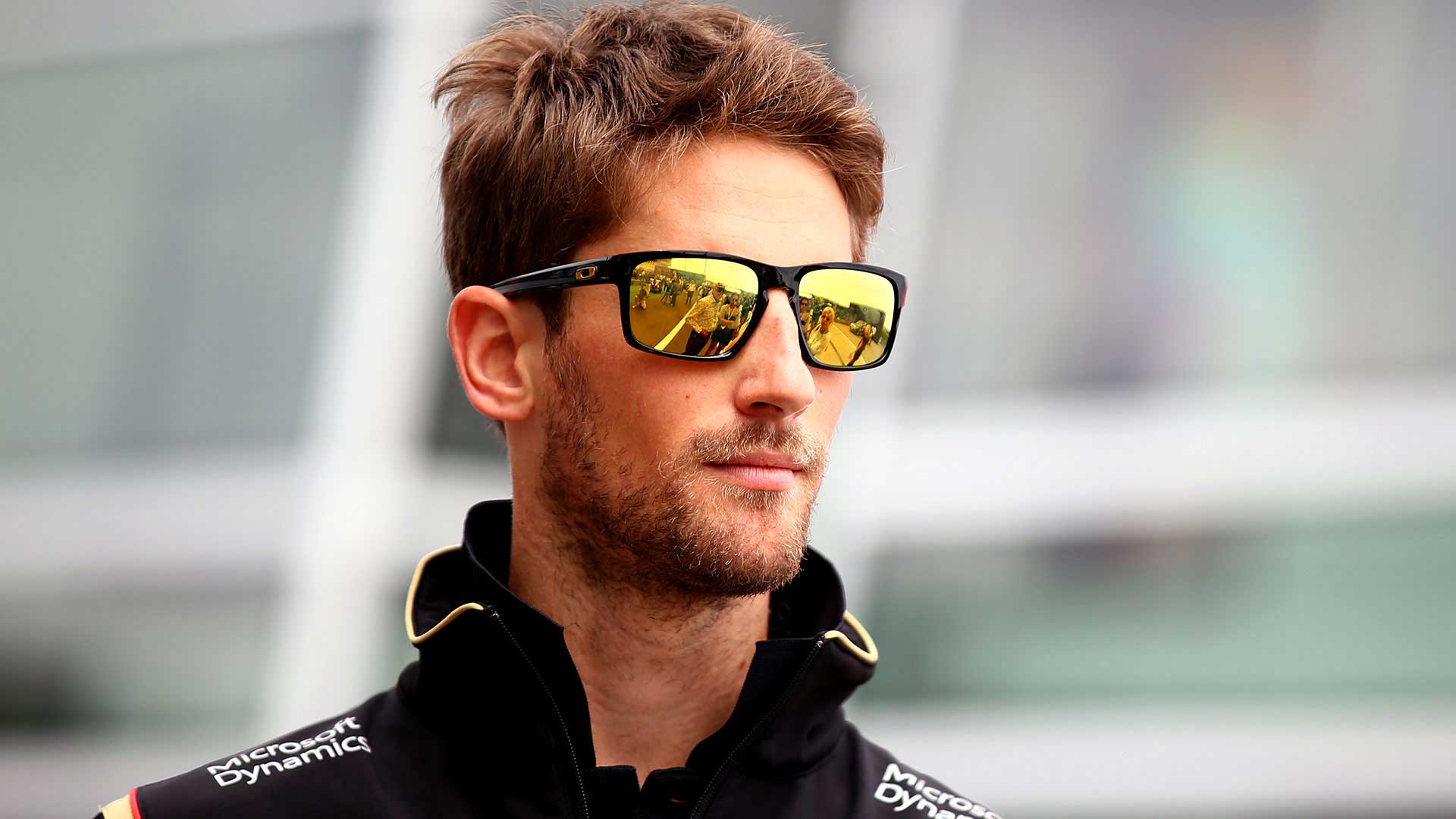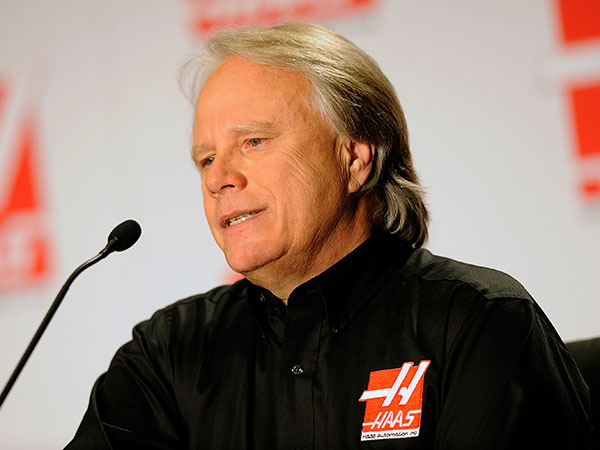

Gene Haas likes to roll the dice.
In his years-long quest to field the first American Formula 1 team since 1986, the NASCAR impresario and machine-tool mogul named the first driver to his F1 outfit on Sept. 29. Romain Grosjean (pictured above) will debut with the team in the new car at the Australian Grand Prix on April 3, 2016.
Grosjean, a Frenchman competing with Lotus this season, brings experience to table: Ten F1 podiums, 280 points, 78 Grand Prix entered and a knack for scoring points in less competitive cars.
“We’ve always maintained that we wanted an experienced driver to lead our team,” Haas says from his F1 team’s headquarters in Kannapolis, North Carolina. “We’re going to depend heavily on him to help us with our strategies with the car and the racetracks.”
“We looked around a lot to find the right guy,” adds Haas F1 Team principal Gunther Steiner. “I spoke also with technical people, what they think about Romain, how he develops a car. Because we have a steep mountain to climb.”
Steiner, an Italian who once served as technical director for Red Bull’s F1 team, knows what he’s talking about. Americans have failed miserably over the decades in the world’s richest, most technically challenging and popular form of motorsport. No American team has ever won the F1 title, let alone come close. The last to make the grid was Carl Haas (no relation) and Teddy Mayer’s Team Haas, which folded after the 1986 season. The last group to attempt launching an American team, US F1, crashed and burned five years ago, without a single start.
The most difficult obstacle: Money. To launch an F1 campaign from scratch requires a mind-boggling budget.

“There’s kind of a round term there out there, somewhere around $100 million,” Haas tells The Drive. “I think our expectation is, within a few years, with sponsorship and money from F1, that we could actually break even.”
Haas F1 has been percolating ever since Haas and Steiner met with Bernie Ecclestone—F1’s mercurial boss—in 2012. In April 2014, F1 granted Haas a license to launch his campaign. Soon after, the team announced that Ferrari would supply engines and technical know-how. As it continues to build its cars, Haas F1 has operations in North Carolina, England and Italy.
“We have a steep mountain to climb.”
Haas has no illusions about beating the big guns from Mercedes-AMG and Ferrari the first year out. Last fall, he told this reporter that it would be “a home run” if the team won a race “in the first five years.”
He also makes no bones about why he wants to compete in F1: to promote his $1 billion machine-tool business in all corners of the globe, something his NASCAR team—Stewart-Haas Racing—cannot do.
The car won’t be revealed likely until the first official F1 test in March. “They’re building the chassis right now,” Haas says.
The announcement today of a lead driver is the biggest piece of the puzzle yet, as far as fans are concerned. The other driver in the two-car team has not yet been confirmed, but Haas told The Drive that “it’s going to be one of the Ferrari reserve drivers. We haven’t signed on the bottom line yet, so I don’t want to speculate.”
Grosjean is characteristically optimistic. The project is moving along “slowly but nicely,” he says. “What we like is to try to drink Champagne on the podium.”